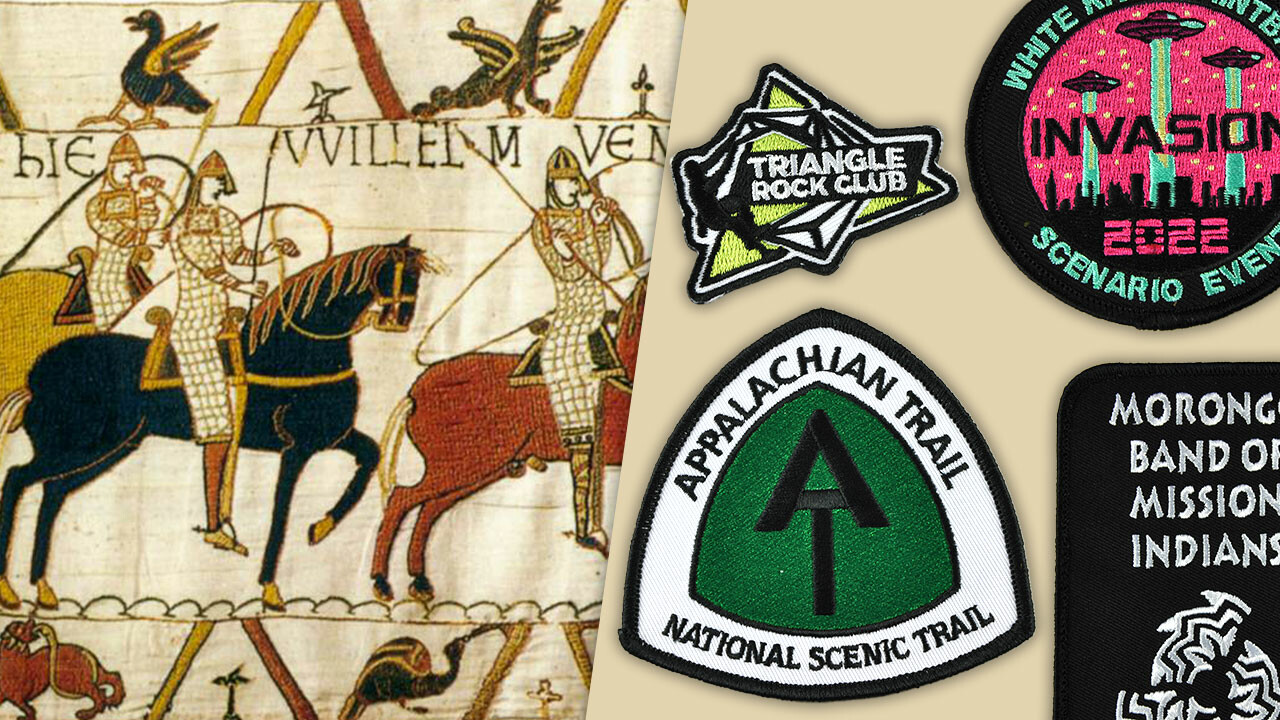
A Look Back! This Is The History Of Custom Embroidered Patches
Custom embroidered patches are social and cultural icons. Their history is long and fascinating.
Custom embroidered patches are everywhere. You’ll find them on the uniforms of police officers and firefighters, as well as on Boy and Girl Scouts, bikers, service workers and many more.
Custom patches have a fascinating history. Today, embroidered patches are considered pieces of art, and they are used for a variety of purposes.
Many organizations today use custom patches to represent their brand, as a commemoration, to display achievements, to identify military personnel, or simply for decoration.
To fully appreciate modern embroidery and patches, we need to know more about their origins. Although it’s not clear when custom embroidered patches were first introduced, we know a bit about their beginnings.
The Beginnings of Embroidery
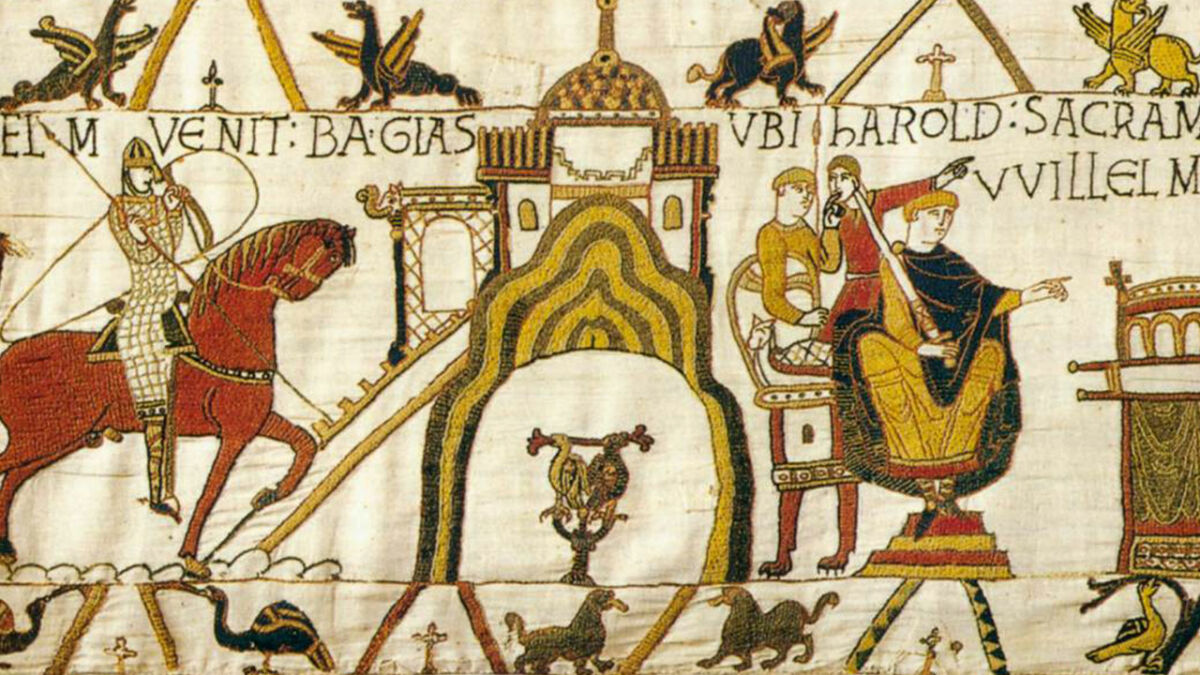
The history of embroidery is as old as sewing itself. From the basic need for sewn cloth, ancient artisans developed the practice of embellishing fabrics with decorative stitching.
Examples of embroidered art have been found worldwide, and have been dated as far back as the 5th century BCE. Ancient Egyptian tomb paintings depict textiles decorated with embroidery. Early examples abound, from Asia, the Middle East and Europe.
Embroidery could be used to tell a story. The Bayeux tapestry, a 230-foot long embroidered linen cloth depicts the events leading up to the Norman Conquest of England in 1066. Made just a few years after the Battle of Hastings, it is the oldest surviving example of English embroidery. A portion of the tapestry is shown above.
From its earliest days to the Industrial Revolution, embroidery was a hand-crafted art. The fact that it was both time-consuming and labor-intensive made embroidered goods both costly and rare. The Bayeux tapestry took years to complete.
Because of the expense, embroidered garments were typically reserved for royalty, the clergy and wealthy patrons. By the 1800s, that would change.
Early Patches
Ancient cultures in China, India, the Mediterranean, and South America, among others, used patches thousands of years ago. The Chinese used multiple sewing techniques to mend, patch, and tailor fabrics. Over the years, other cultures began sewing patterns and designs into garments, including clothing, rugs and tapestries.
As with other forms of embroidery, patches often adorned the robes of royalty and other socially elite people as a sign of wealth and power. Even the smallest of embroidered patches were expensive and time-consuming to create. Skilled artisans carefully crafted each one by hand.
The 1800s: Technology Revolutionizes Embroidery
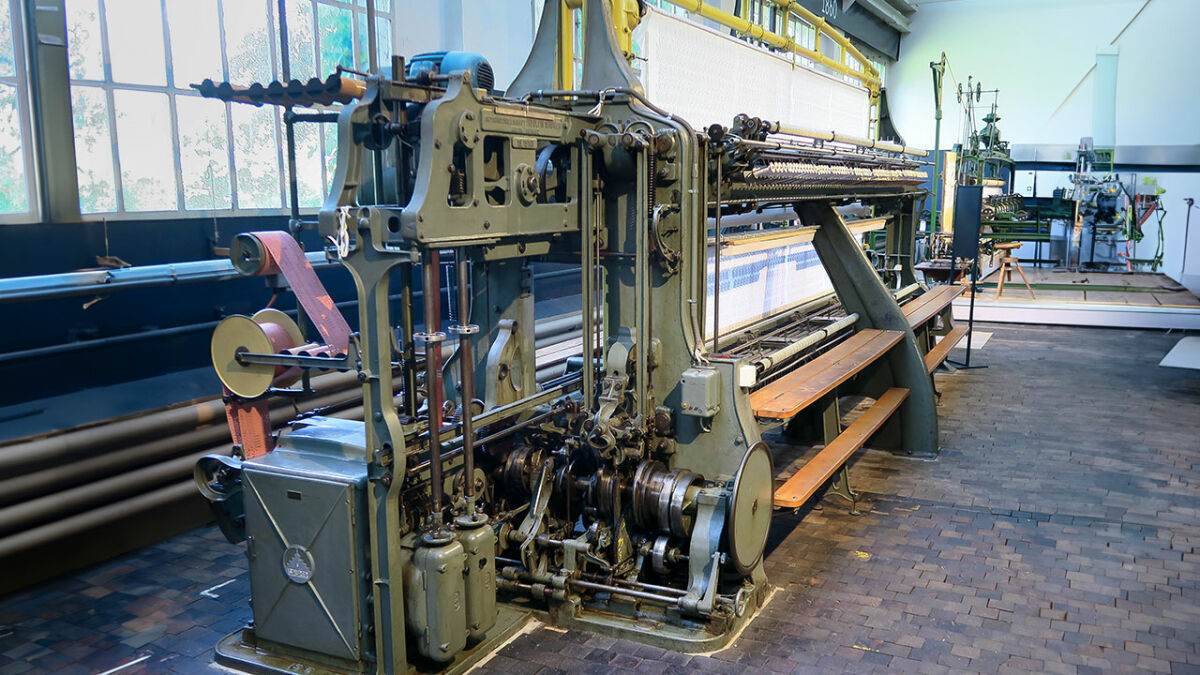
The industrial revolution changed embroidery forever. As it became possible to produce embroidered goods more quickly and less expensively, the price of embroidery decrease commensurately, making embroidered patches much more attainable for the masses.
French inventor Joshua Heilmann is credited with creating the first practical embroidery machine in 1829. This manually operated machine made embroidery somewhat faster, although it still tended to be a cumbersome process. Two people were required to operate the machine.
In 1863, Swiss inventor Isaak Groebli created what’s known as the schiffli embroidery machine. Unlike Heilmann’s earlier machine, it used a continuously threaded needle and moving shuttle to create a lockstitch. “Schiffli” refers to the shuttle, from the German for “little boat.”
Groebli’s innovation greatly sped up embroidery, turning it from a hand-stitched one-to-one process to a reproducible, mass-production system. This greatly lowered the cost of embroidered goods, including embroidered patches.
In the early 1900s, machines controlled by paper tape made the process even more uniform, lowering the cost even more. Today, computerized, multi-head embroidery machines make accurate, precise embroidery designs within reach of just about anyone.
As embroidered patches became more attainable, they became more common. They began appearing on military uniforms to signify a service member’s name, rank and unit affiliation. Private industry began using patches as well, most commonly with embroidered names to identify workers.
The 1960s: A Different Kind of Revolution
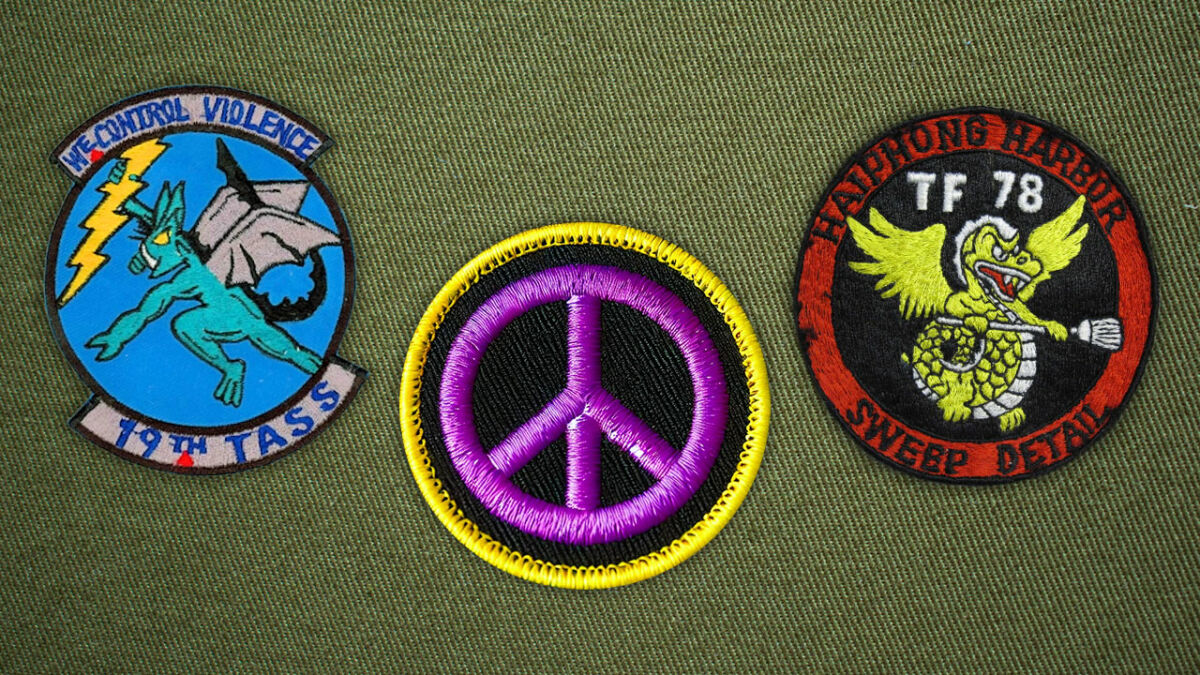
The 1960s brought a new era for custom patches. Soldiers in Vietnam increasingly adopted morale patches as a way to express their feelings about the war and dealing with military bureaucracy.
At the same time, a thriving counterculture developed at home. Patches became a new mode of self-expression. Young people increasingly rejected establishment values they saw as hypocritical or immoral. They adopted antiwar slogans and crafted them into patches to be worn on jeans, jackets and other garments.
Embroidered patches featuring peace symbols, the classic yellow smiley face, flowers and antiwar statements of all kinds soon became standard gear for both real and wannabe hippies nationwide.
The 1970s and ‘80s: Punk Rock and New Wave
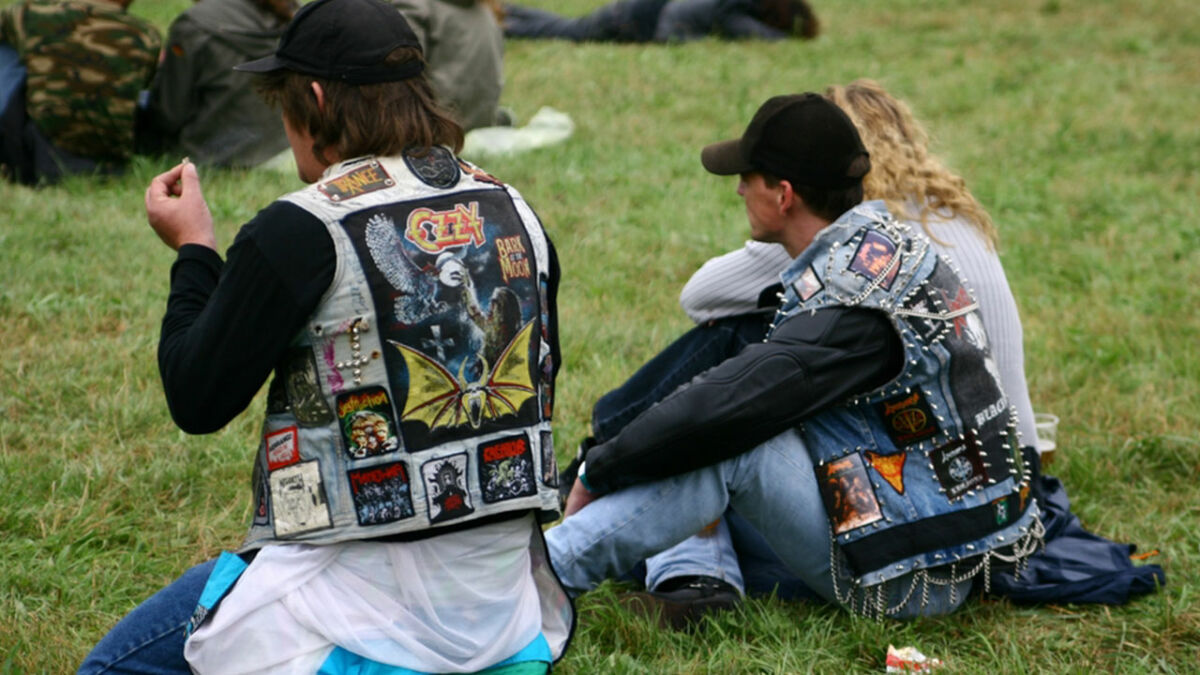
By the 1970s, musicians were beginning to see the value of custom patches as both statement and branding device. As punk rock musicians emerged on the scene, many adopted patches, often on leather or denim jackets, as symbols of their rebellion against the mainstream music of the day.
Punk’s descendant, the New Wave of the 1980s followed suit. Many punk and New Wave bands used patches to popularize their logos, and to give their fans a way to recognize each other. Ultimately, the so-called “hair metal” bands of the late ‘80s (Warrant, Vixen, Cinderella and the like) followed the same trend.
The 1990s: Grunge and Metal Bands
As the 1990s ushered in a new period of louder, faster, more aggressive music, patches came right along for the ride. Custom patches became a staple of the heavy metal scene, and remain so even today, with many bands offering them as concert merch.
Custom Patches Today
Today, custom patches are more popular than ever before. Everywhere from military uniforms to workwear to personal expressions, patches are the way to identify yourself and/or make a point.
Modern attachment methods such as Velcro® and iron-on backings make attaching patches to clothing a breeze. Today’s computer-controlled high-speed embroidery machines make it easy to craft patches that look great, wear well and are affordable by virtually everyone. You’ll even find custom patches on haute couture runways.
At Patches4Less.com, custom patches are what we do. Whether you want patches for identifying employees, expressing a political viewpoint or supporting a local band, we’re done it all.
Patches add a personal touch to any garment, and they’re a great way to stand out from the crowd. Custom patches designed for your group's needs are the perfect way to increase awareness of your cause.
We use top-quality materials and artwork, and our quality control and customer service are second to none. Our experienced professionals will help you design and create the perfect patch for your needs.
If you’d like to learn more, call us toll-free at 866-847-2824, email us at [email protected], or fill out our no-obligation form to get a free quote on your design. Ordering custom patches has never been easier!